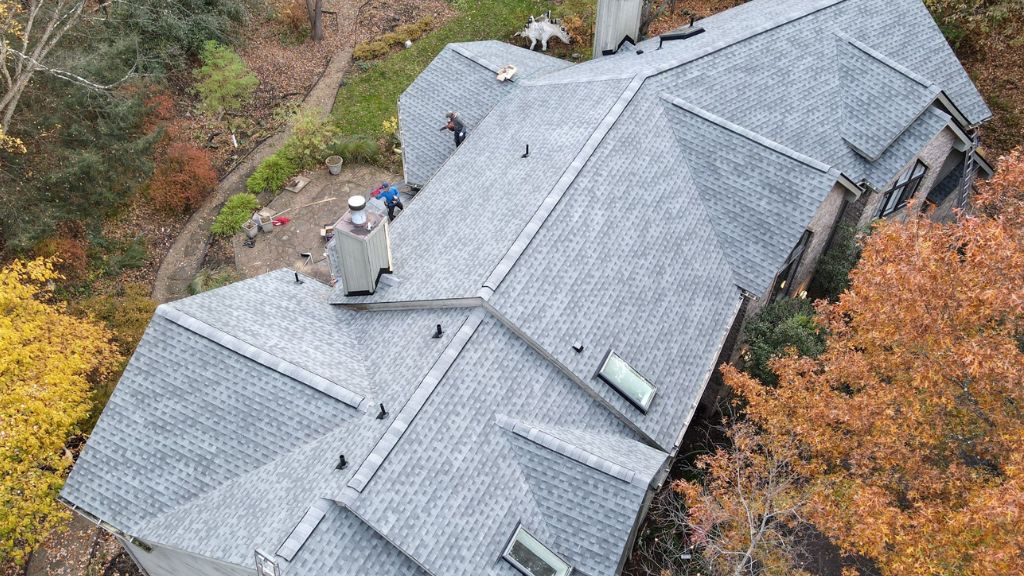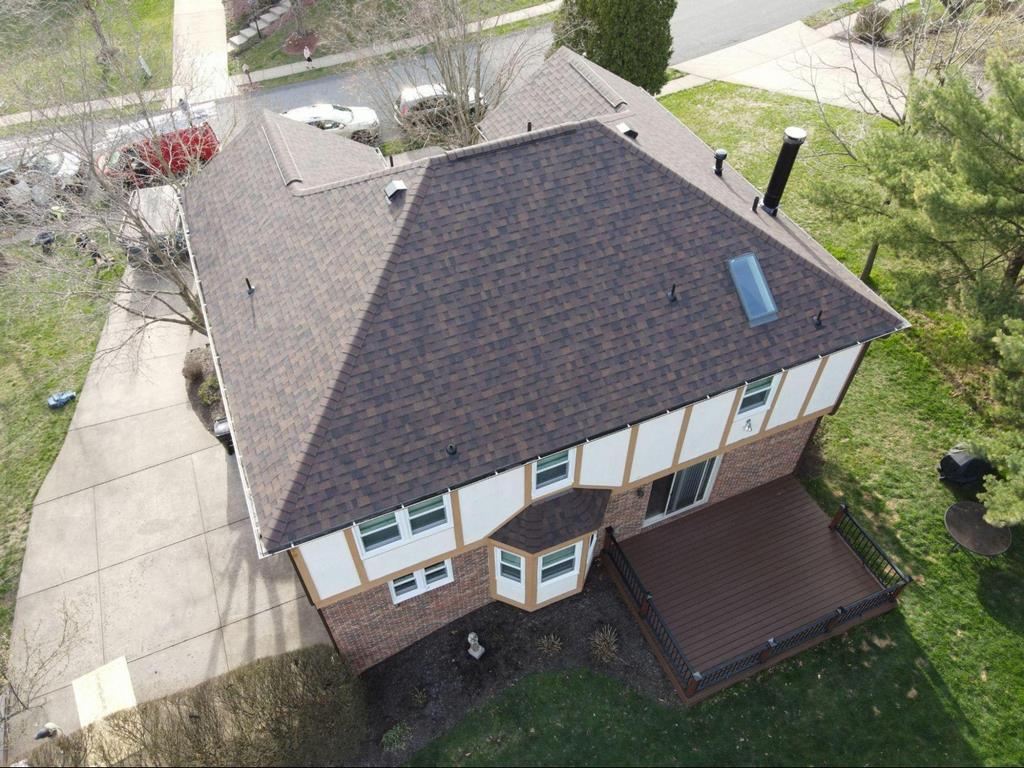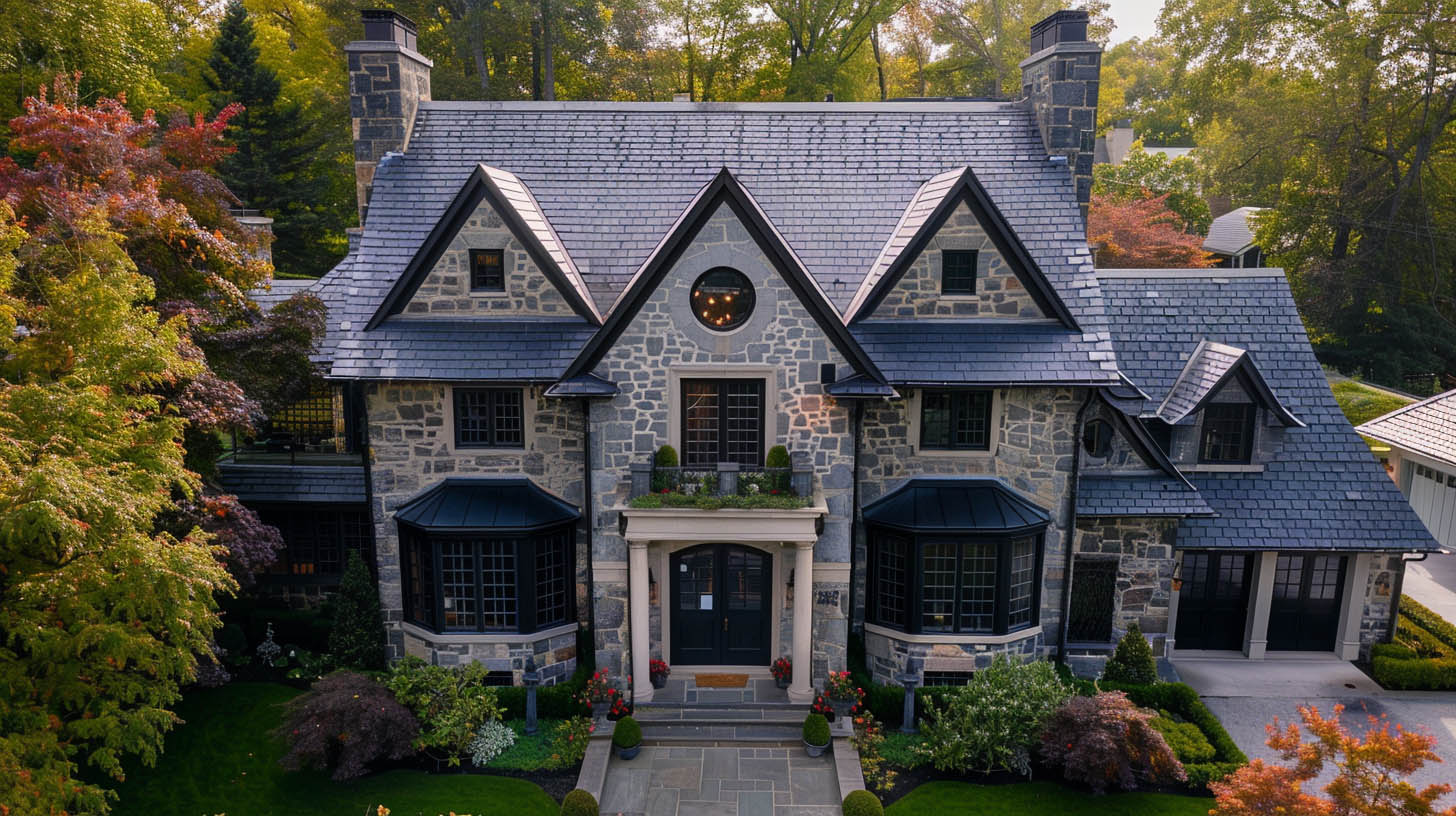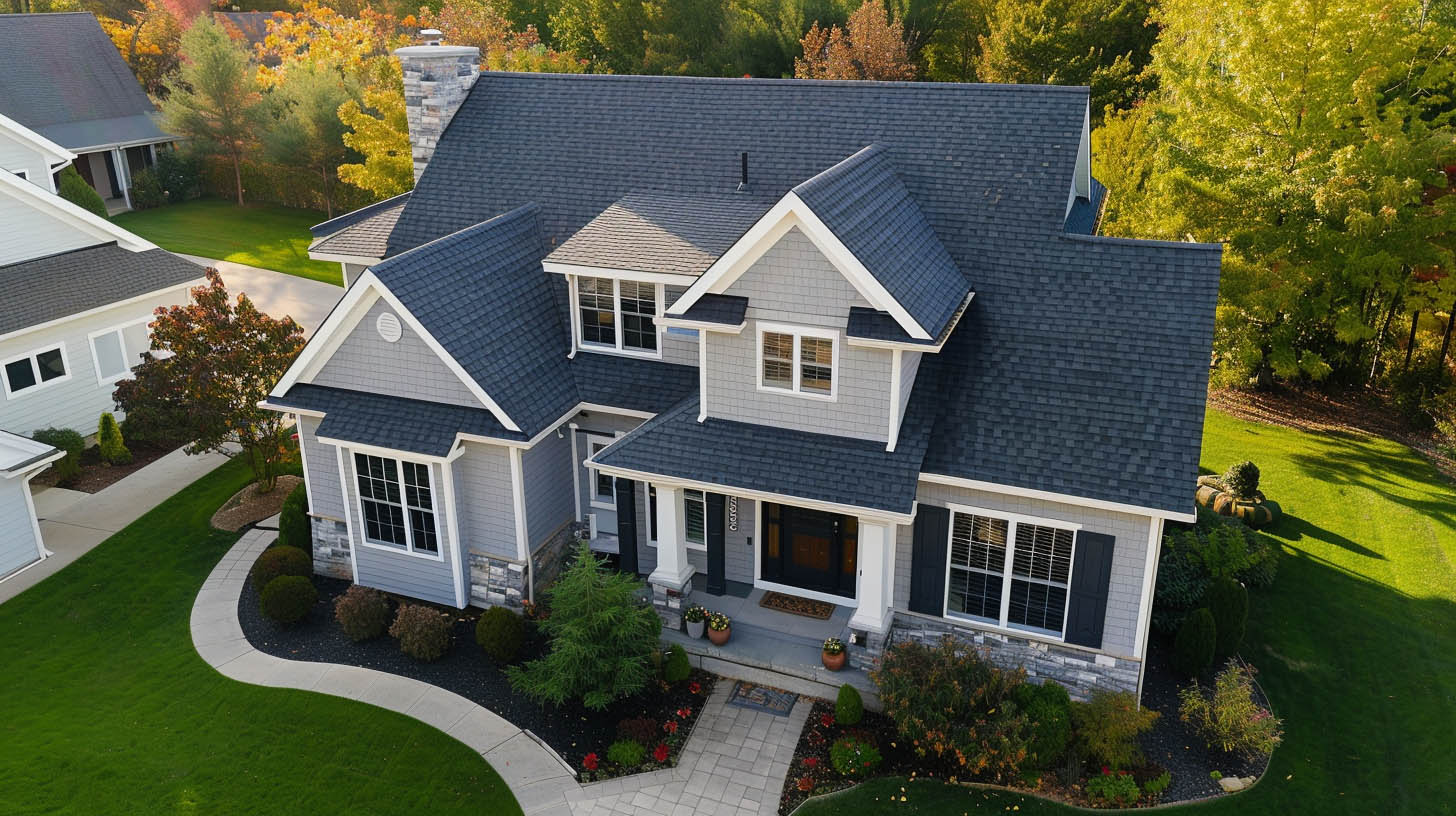
The Truth Behind the Myth: 30-year Roofs Last 30-Years

- The manufacturer’s warranty, which covers defects and premature failures within a specified period.
- The actual lifespan of a roof depends on various factors, including the type of roofing material, installation quality, climate, maintenance, and external influences.
Knowing Your Roofing Material
The type of roofing material you choose has a significant impact on the lifespan of your roof. Here are the average lifespans for some common roofing materials:- Asphalt Shingles last 20 to 30 years, with higher-quality options lasting longer.
- Metal roofs can last 40 to 70 years or more, depending on the material and maintenance.
- Clay or concrete tiles are known for their longevity, with lifespans ranging from 50 to 100 years.
- Slate or natural stone is extremely durable, often lasting over a century.
- Wood shakes or shingles have a lifespan of around 20 to 40 years, depending on maintenance and climate.
Ensure the Quality of Roof Installation
The quality of the installation plays a vital role in a roof’s longevity. Improper installation techniques, shortcuts, or the use of low-quality materials can significantly reduce the lifespan of your roof. To ensure proper installation, work with experienced and reputable roofing contractors who follow industry best practices and pay attention to detail. A well-installed roof is more likely to withstand the test of time and perform optimally.Be Aware of Your Climate
Your local climate and environmental conditions can have a considerable impact on the lifespan of your roof. Extreme heat, freezing temperatures, high humidity, heavy rainfall, strong winds, and exposure to saltwater or pollutants can accelerate wear and tear. Different roofing materials respond differently to these conditions. For example, metal roofs are more resistant to extreme weather, while wood shakes may be susceptible to moisture damage. Choose roofing materials that are suitable for your climate to ensure longevity.Maintain Your Roof with Regular Maintenance
Regular maintenance is necessary for extending the lifespan of any roof. Routine inspections, cleaning gutters, removing debris, and addressing minor repairs promptly can prevent small issues from turning into major problems. Regular maintenance allows you to identify and address potential issues before they cause significant damage. It also helps to preserve the integrity of the roofing materials and maximize their lifespan.Ventilation & Insulation
Proper ventilation and insulation are often overlooked but essential factors for roof longevity. Adequate ventilation helps to regulate the temperature of the roof and attic space, preventing excessive heat buildup or moisture accumulation. This, in turn, reduces the risk of roof damage, premature aging of materials, and the formation of mold or rot.Roof Design & Slope
The design and slope of your roof can impact its longevity. A well-designed roof with proper drainage and slope allows water to flow away efficiently, preventing water pooling and potential leaks. Flat or low-slope roofs may require additional maintenance and have a different set of considerations to ensure longevity.External Nature & Elements
Factors such as nearby trees, branches, and wildlife can impact a roof’s lifespan. Overhanging tree limbs can cause physical damage or trap moisture, leading to decay. Animals, such as birds or rodents, may cause damage by nesting or chewing through roofing materials. Being proactive in managing these external influences can help preserve your roof’s integrity.How Long Does a 30-Year Roof Really Last? Use Knowledge as Your Shield



